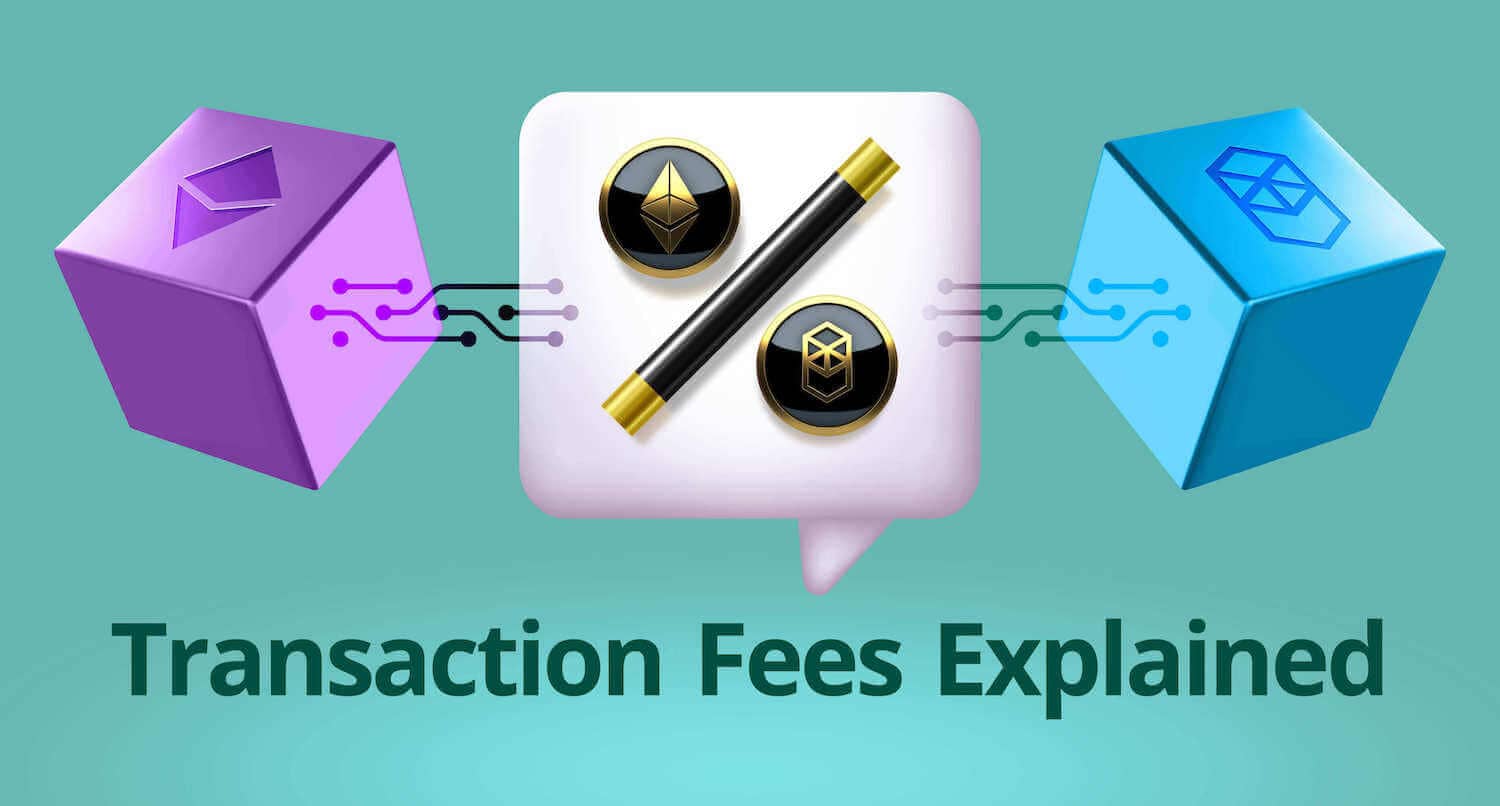
What Are Transaction Fees and How Do They Work?
What are transaction fees?
Blockchain networks can verify transactions without the intervention of a central authority. This is due to miners, who devote their time and computing power to a process known as mining, in exchange for rewards—blockchain transaction fees.
It takes time and effort to process transactions on a blockchain. These fees compensate blockchain network miners and validators for keeping the blockchain network running smoothly.
Furthermore, these fees are linked to the mining process. The fees are paid (by traders) whenever cryptocurrencies are transferred from one wallet to another.
The value of these fees can vary depending on how busy a network is; in other words, transaction fees are somewhat flexible. However, some cryptocurrency exchanges impose a fixed transaction fee. Furthermore, there will always be fees when trading cryptocurrency.
What is the purpose of transaction fees?
Initially, the purpose of a transaction fee was to discourage malicious actors from overloading the Bitcoin network. Transaction fees have now become an integral part of a network's condition as blockchain technology has advanced.
Other blockchain networks, in addition to Bitcoin, have recognized the significance of these fees and adopted the same strategy. Ethereum, for example, uses the same mechanism, the gas fee, that traders pay when they execute transactions on the network.
How do transaction fees work?
These fees incentivize miners to prioritize higher-fee transactions and add them to the next block in the blockchain.
However, these fees are usually handled differently on each blockchain network.
Let’s take Bitcoin for example. When the mempool (memory pool) is full, all pending transactions in Bitcoin reach it. Miners can then choose which transaction has higher fees. As previously stated, the higher the transaction fee, the more likely it is to be prioritized and executed.
As a result, crypto users frequently increase their transaction fees to ensure priority in the queue.
However, on Ethereum, transaction fees are measured in gas (gas fees; small fractions of ETH). It uses smart contracts and decentralized applications, which are more sophisticated features than that of Bitcoin.
Nonetheless, blockchains that process more transactions per second typically have lower fees. The size of the transaction and the demand for blockchain space, like the law of supply and demand, contribute to transaction fees.
The demand for a block space frequently affects network congestion, causing fees to skyrocket to unanticipated levels. This, in turn, answers the question, "Why are these fees so high?"
Conclusion
Transaction fees have evolved into an essential component of a blockchain network. Crypto users pay them for better service and execution, allowing them to experience seamless transactions when crypto trading.



